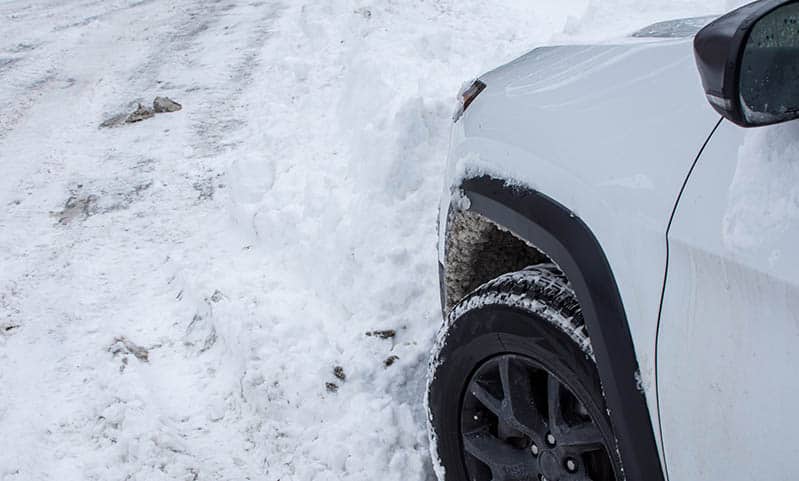The National Highway Traffic Safety Administration clearly asserted, despite Tesla’s assertions to the contrary, that “No vehicle available for purchase today is capable of driving itself.”
Earlier, Tesla stirred controversy by sending so-called full self-driving software to a group of owners selected to test it.
Cal researcher Steven Shladover said Tesla’s claim was “actively misleading” customers. “It is a very limited functionality that still requires constant driver supervision,” he offered.
University of South Carolina law professor Walker Smith went even further. He called Tesla’s use of the Autopilot nickname and its self-driving claims “fraudulent.”
Nevertheless, Tesla’s website proudly touts its cars’ self-driving capability. A disclaimer, buried in the fine print, states that these features “require active driver supervision and do not make the vehicle autonomous.”
For its part, NHTSA has hesitated to regulate the self-driving vehicle industry because it does not want to stifle innovation. However, the agency said it is monitoring the situation and “will not hesitate to take action to protect the public against unreasonable risks to safety.”
Driving in Winter
So, it appears that we will be driving our own cars this winter, and for several winters to come.
With the coronavirus pandemic showing no signs of ending, more people might see driving as a good alternative to flying or other forms of transportation.
There are some ways you can keep your family safe when you hit the road. A brief pre-flight checklist could prevent an accident.
A Few Weeks Before You Leave
The next time your car is due for an oil change, take it to a trusted mechanic, who will give your vehicle the once-over. If the mechanic finds issues, even if they are not emergencies, address them straightaway.
On a related note, check for safety recalls. Manufacturers send these notices to record owners, which in almost all cases, is the first owner.
So, if you drive a used car, you might have no idea what recalls apply. And, if there is a problem, the manufacturer is legally required to fix it for free. Click here to find out more.
Finally, stock your vehicle. Almost every year, especially in isolated parts of upstate New York, unprotected motorists are caught in sudden storms.
So, put an emergency box in your car which includes things like food, water, blankets, jumper cables, and kitty litter (in case you get stuck in the snow). Also remember to take your cell phone, a wire charger, and a full wireless charger.
In the Driveway
The world’s best test pilots always carefully go over their planes before they take off. Even if you are the world’s best driver, you should closely inspect your vehicle. Pay particular attention to:
- Floor Mats: Especially if you have upgraded your mats, ensure that they are clamped down and they do not slip or slide. In an emergency, the last thing you want is a mat between you and the pedal.
- Wipers: A snowstorm usually drains your washer fluid supply in a hurry. Make sure the reservoir is full and that it contains a deicing chemical, instead of just water. Also, consider replacing the cheap wiper blades which came with your vehicle with more durable and effective ones.
- Electrical System: Your battery must be at full power to start your vehicle in cold weather, especially if it’s been outside for more than a few minutes, like in a restaurant parking lot. Furthermore, check all your lights.
Tires and coolant might be the most important items. Cold weather pressure is lower than warm weather tire pressure.
Use the penny test to determine tire treadwear. If you see the top of Lincoln’s head, the tread is worn. As for coolant, in New York and other Northern states, you need pure coolant, not half-and-half.
On the Road
Speaking of driving in a New York winter, many people have never had this joyous experience before.
When you drive over snow and ice, you have no traction. That’s usually not a problem if you slow down and do not do two things at once (e.g. apply the brake and change lanes).
If you see a snow plow, follow it at a distance. These vehicles often make wide, sudden turns.
The other rules of the road, like putting down your phone and laying off the eggnog, are even more important during winter.
If you run into legal problems while you are driving this winter, contact the experienced New York personal injury attorneys at Napoli Shkolnik PLLC for a free consultation.
